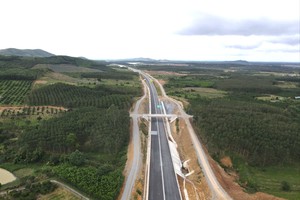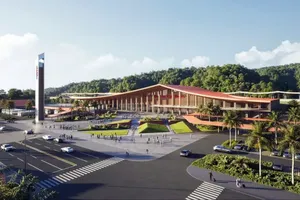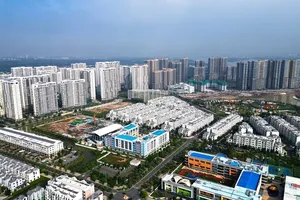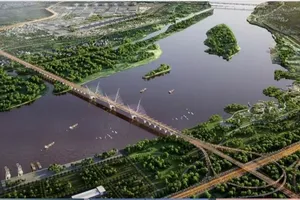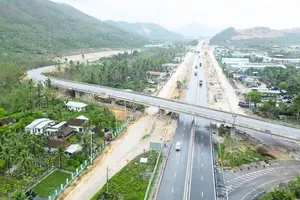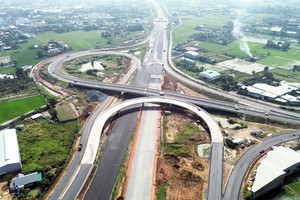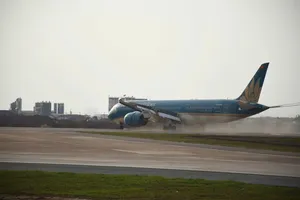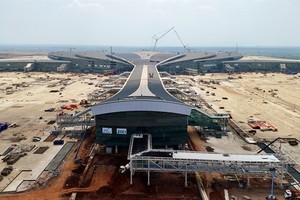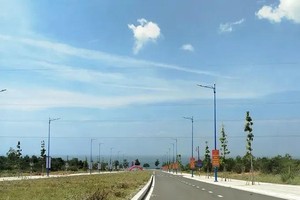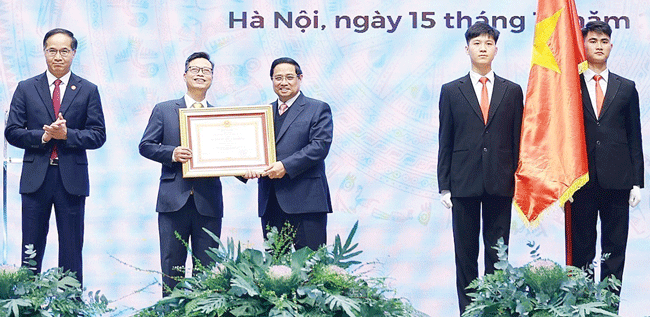In some cases, a stretch of road barely 3 kilometers long is lined with as many as 70 traffic signs on both sides, creating visual overload and confusion for drivers.
There is growing concern over the excessive, overlapping, and poorly placed signage—often obscured from view or out of sync with real traffic conditions—effectively turning public roads into a maze of "traps" for unsuspecting motorists.
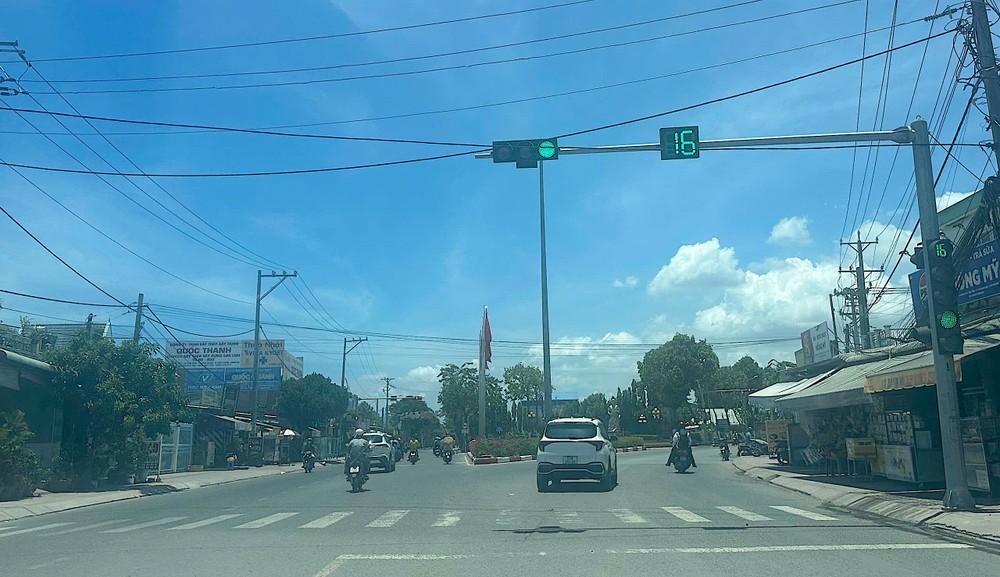
Confusing, overlapping traffic signs
Many app-based drivers have voiced frustration over being fined for violations they didn’t even realize they were committing—often because signs were hidden, ambiguous, or impossible to read in time.
“I got fined for stopping in a no-parking zone, but I never even saw the sign—it was tucked behind a light pole,” said Tran Van Duy, a driver from District 4.
Vo Quoc, who commutes regularly along Dien Bien Phu Street in Binh Thanh District, pointed out that within just a few dozen meters from the Hang Xanh overpass toward Saigon Bridge, there are more than ten traffic signs crammed together—no left turns, no stopping, lane priorities, directional indicators, and more.
Many signs are mounted too high for drivers to easily see, some are obscured by trees or electrical poles, while others have faded to the point of being unreadable. On Pham Van Dong Street in Thu Duc City, key speed limit signs are completely hidden by overgrown trees. Some are placed so close to roadside stalls or tree canopies that drivers barely notice them until it’s too late. As a result, many have found themselves penalized for violations they couldn't reasonably avoid.
In central districts like 1, 3, and 5, and along major routes such as Truong Chinh, Cong Hoa (Tan Binh District), Vo Van Kiet, and Nguyen Van Linh, signs are often redundant, contradictory, or positioned without any regard for real-world traffic flow. Speed limits can fluctuate within just a few hundred meters, leaving drivers scrambling to keep up.
Nguyen Thanh Long, a ride-hailing driver, recounted: “Driving along Hoang Van Thu Street feels like a constant game of catch-up—I’m darting my eyes everywhere trying to catch the signs in time. Sometimes I don’t even get a chance to react before I hear a police whistle.”
At the intersection of National Highway 50 and a small road leading into hamlets 3 and 4 in Da Phuoc Commune (Binh Chanh District), a directional sign (code 301d) instructs drivers to turn right—even though the residential area is clearly to the left. To avoid breaking the law, residents are forced to take a lengthy detour just to get home.
“That strange sign’s been there forever,” said Huynh Ngoc Dang, a local in Hamlet 3. “Everyone knows it doesn’t make sense, so most people just ignore it. But strangely, no agency has stepped in to remove or correct it.”
Traffic signs that leave drivers guessing
The issue of confusing and poorly managed traffic signage isn’t limited to HCMC—many localities across the country are facing similar chaos, making it increasingly difficult for drivers to navigate the roads safely and confidently.
In Hanoi, along the To Huu – Le Van Luong axis, dozens of traffic signs are obscured by tree branches or lost among a tangle of advertising billboards. On major roads like Ho Tung Mau, Le Duc Tho, Pham Hung, and Le Quang Dao—as well as at the entrance to Chuong Duong Bridge on the Long Bien side—many signs are printed in such small text that they’re nearly impossible to read. Currently, the city still has ten sets of illogical signs, 293 missing sign locations, and 161 damaged or worn-out signs awaiting replacement.
In Binh Dinh Province, just a 3.2-kilometer stretch of road from National Highway 1A to Phu Cat Airport is lined with as many as 70 traffic signs on both sides, overwhelming drivers with visual clutter.
Drivers traveling through Binh Dinh and Phu Yen also point to a pattern of poorly placed or unnecessary traffic lights and cluttered direction boards that make it extremely difficult for unfamiliar drivers to stay on the correct route.
In Da Lat (Lam Dong Province), more than three years after its traffic light system was introduced, issues of inconsistency and poor coordination remain. At key intersections like Hoang Van Thu – Ba Thang Hai, Ba Thang Hai – Nguyen Van Cu, and the Da Lat University roundabout, vehicles are technically allowed to turn left or right on red lights. However, in the absence of supplementary instruction signs, many drivers hesitate, leading to traffic buildup and confusion.
At the Da Lat University roundabout, red lights can last over 90 seconds regardless of traffic volume, while green lights are limited to just 24 to 34 seconds. This imbalance causes frustration among drivers forced to wait even when the road ahead is clear.
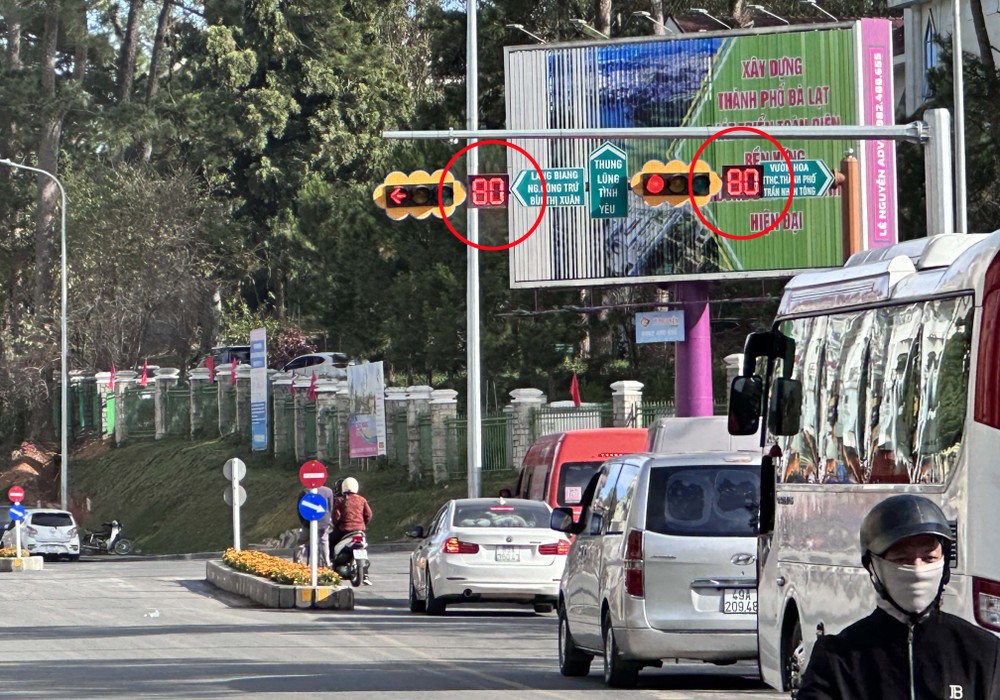
Dong Nai Province is traversed by four national highways—1, 20, 51, and 56—which collectively have more than 200 locations with problematic or inadequate traffic signage. On the 24 provincial roads, efforts are underway to revise and standardize traffic signs. Since early 2025, three intersections have been restructured, with more updates in progress to bring signs in line with regulations.
At the intersection of National Highway 51 with Long Thanh Town and Long Duc Commune, erratic signal light behavior—such as lights suddenly turning green from red—has led to chronic congestion. At the intersection near Kim Dinh fork on National Highway 50 (Can Giuoc Town, Long An Province), traffic signals are installed to manage flow through a triangular roundabout where all three connecting roads are two-way. However, the lack of clear signage has led to disorderly traffic, with vehicles navigating the roundabout as if it were a one-way system.
At the IC4 intersection in Ba Lang Ward, Cai Rang District (Can Tho City), drivers have voiced strong dissatisfaction with recent changes to lane markings and traffic light patterns. For the past three months, vehicles headed toward HCMC have been restricted to a single lane, resulting in long queues, lane crowding, and prolonged traffic jams during peak hours.
Nearly 2,600 traffic signs yet to be replaced
Recently, the Department of Transport of HCMC, in coordination with the Traffic Police Division of the HCMC Police (PC08), installed more than 500 "Attention: Yield to Right-Turn Vehicles" signs at 205 intersections. Since the implementation of Decree No.168, the department has placed no-stop and no-parking signs at around 500 congestion-prone points as recommended by the city's police—currently, 390 sections and roads have these restrictions in place.
In the near future, the department will direct the Road Traffic Infrastructure Management Center of HCMC to work with the HCMC Traffic Safety Committee, Thu Duc City, and local People's Committees to review the entire traffic sign system.
Unnecessary signs will be removed, while those that are obscured or incorrectly placed will be adjusted to ensure clarity and better visibility. The department also encourages residents and drivers to stay informed about changes in traffic flow and signs via the city’s official traffic apps.
Dr. Pham Sanh, a transportation expert, emphasizes the need for thorough evaluation and surveys before installing traffic signs, with regular checks to ensure timely adjustments. "We cannot allow the public to suffer due to a lack of consistency," he stated.
The transportation sector must implement periodic inspections, maintain transparency in the installation and modification of signs, and strengthen the reception of public feedback for timely adjustments.
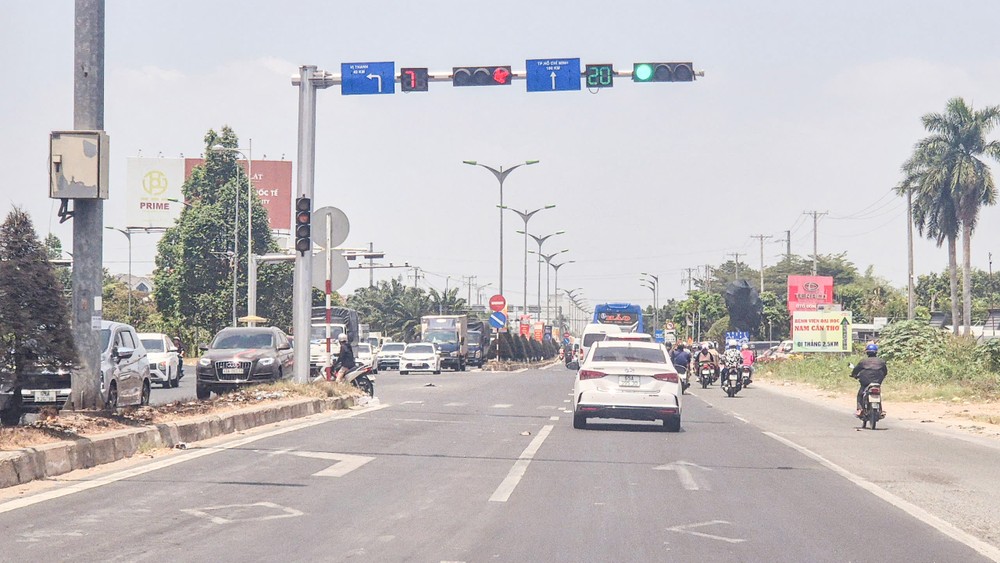
Meanwhile, the Directorate for Roads of Vietnam has acknowledged the difficulties caused by problematic traffic signs, citing common issues such as improper placement, faded signs with reduced reflectivity, obstructions caused by trees or obstacles, and excessive information on supplementary signs.
According to the new road signaling standards QCVN41:2024, which will take effect on January 1, 2025, many signs previously installed under older regulations are no longer appropriate and need to be replaced. To date, authorities have addressed over 4,386 signs, leaving nearly 2,600 signs unresolved.
Mr. Bui Quang Thai, Director of the Directorate for Roads of Vietnam, has instructed agencies to implement the directives from Deputy Prime Minister Tran Hong Ha and Minister of Transport Tran Hong Minh to review and resolve all issues with the traffic signal and signage systems by April 2025.
Road management units will conduct reviews, promptly remove unnecessary or inappropriate signs, and replace them with properly regulated, well-placed signs. Immediate action will be taken to address issues and damage to road signaling systems at intersections, near schools, in high-risk areas, and along roads with steep gradients or limited visibility.
